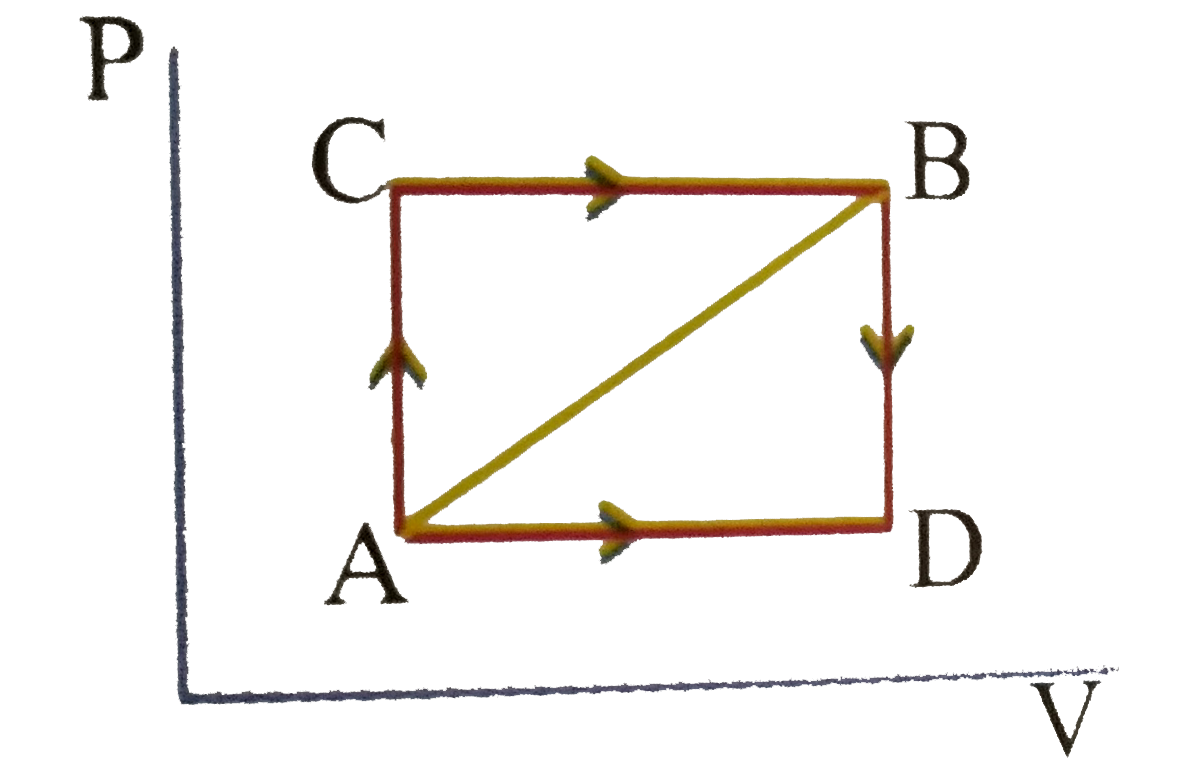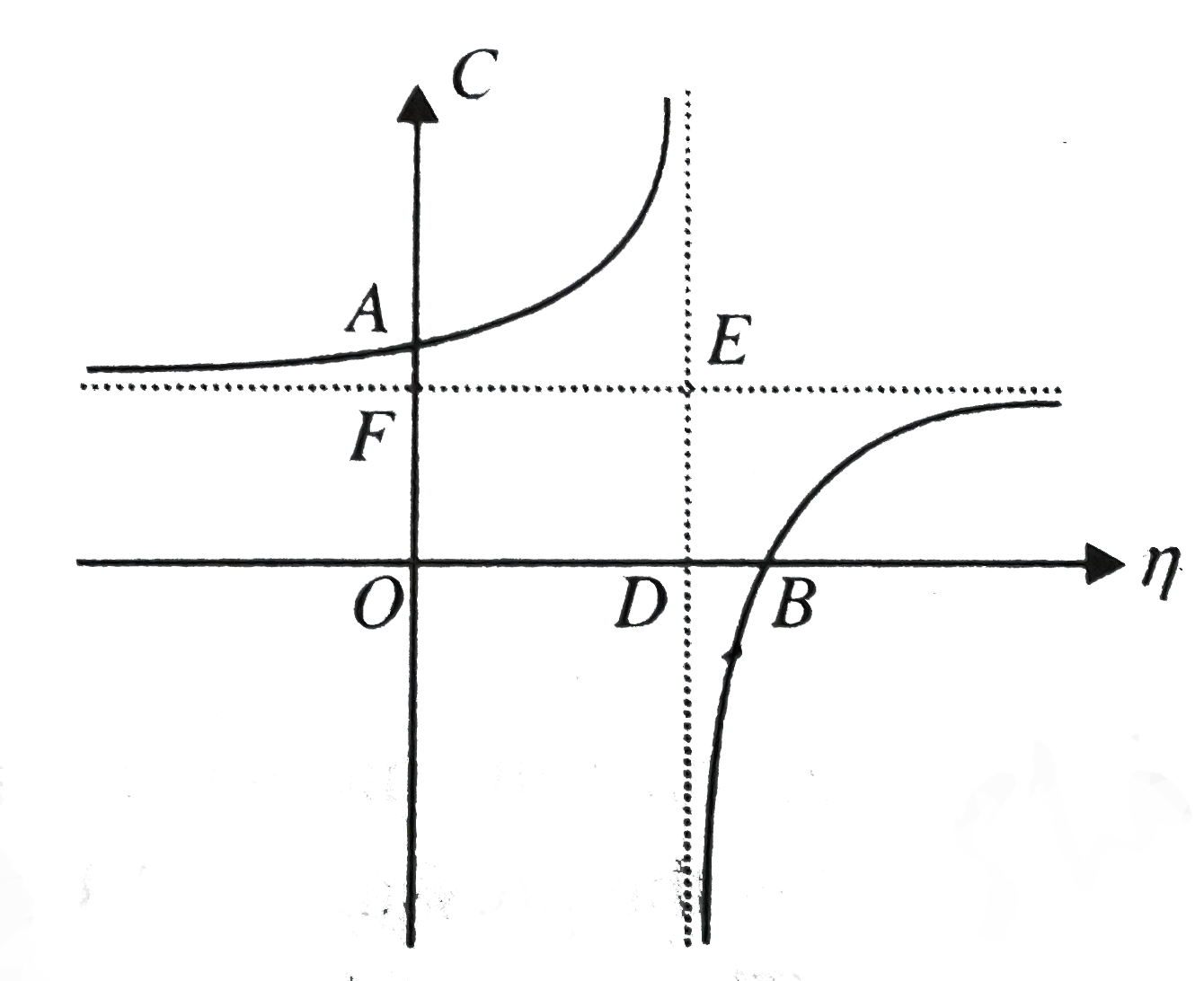Three statements are given below
(i) The enthalpy of any element is zero in their stadard state
(ii) The heat of neutralisation for any strong acid strong base at 25∘C is −13.7 kJ/mole
(iii) Q=ΔE+W is a mathematical form of first law of thermodynamics if work is done by the system according IUPAC
I only correct
ii and iii are correct
I and iii are correct
all are correct
The correct Answer is:C
The heat of neutralization for any strong acid and strong base is −13.7 k Cal/mole at 25∘C
Similar Questions
(i) Write first law of thermodynamics. give its mathematical form. ii) Calculate the internal energy change when 15 joule heat is given to the system and 5 joule work is done by the system.
View SolutionIf enthalpy of neutralisation of a weak acid with strong base is -10.87 kacl mole then calculate enthalpy of ionisation of weak acid.
[Given : H+(aq)+OH−(aq)→H2O(l) ΔH=−13.7kcal]
View Solution
Knowledge Check
The mathematical form of the first law of thermodynamics when heat (q) is supplied and W is work done by the system is
Aq=ΔU−WBΔU=q−WCΔU=−q+WDΔU=−q−WFind the enthalpy of dissociation of H2C2O4 from the given data: Enthalpy of neutralisation of strong acid and strong base is −13.7kcalmol−1 and that of oxalic acid by a strong base is −25kcalmol−1
A−11.3kcalmol−1B2.4kcalmol−1C1.2kcalmol−1D11.7kcalmol−1The first law thermodynamics was gives as q=ΔU+(−w), where q is heat given to a system and ΔU represent increase in internal energy and -w is work done by the system. Various process such as isothermal, adiabatic, cyclic, isobaric and isochoric process in terms to first law of thermodynamics leads for important results. The molar heat capacity for 1 mole of monoatomic gas is 3/2R at constant volume and 5/2R at constant pressure.
Which of the following statements are correct:ABoth work done heat appears at the boundaries of systemBHeat given to a system is given +ve sign.CHeat given to a system is equal to increase in internal energy under isothermal conditionsDHeat given to a system is used to increase internal energy under isochoric conditions
Directions: Each of the questions below consists of a question and two or three statements given below It. You have to decide whether the data provided in the statements are sufficient to answer the question
13) P is in which direction with respect to Q?
I) M is to the North of R, who is to the West of Q. II) P is to the East of M.
III) P is to the North-East of R.
1) Only I and II
2) Only I and III
3) Any two of the three
4) All I, II and III are necessary
5) Question cannot be answered even with the information in all three statements.
View SolutionThe first law thermodynamics was gives as q=ΔU+(−w), where q is heat given to a system and ΔU represent increase in internal energy and -w is work done by the system. Various process such as isothermal, adiabatic, cyclic, isobaric and isochoric process in terms to first law of thermodynamics leads for important results. The molar heat capacity for 1 mole of monoatomic gas is 3/2R at constant volume and 5/2R at constant pressure.
A system is allowed to move from state A to B following path ACB by absorbing 80 J of heat energy. The work done by the system is 30 J. The work done by the system in reaching state B from A is 10 J through path ADB which statements are correct :

1. Increase in internal energy from state A to state B is 50 J.
2. If path ADB is followed to reach state B. ΔU=50J
3. If work done by the system in path AB is 20 J, the heat absorbed during path AB = 70 J.
4. The value UC−UA is equal to UD−UB.
5. Heat absorbed by the system to reach B from A through path ADB is 60 J.
View SolutionThe amount of heat evolved when 500cm30.1MHCl is mixed with 200cm3 of 0.2MNaOH is
View SolutionA process in which work perfomed by an ideal gas is proportional to the corresponding increment of its internal energy is described as a polytropic process. If we represent work done by a ppolytropic process by W and increase in internal energy as ΔU then
W∝ΔU
or W=K1ΔU ...(i)
For this process, it can be demonstrated that the relation between pressure and volume is given by the equation
PVη=K2 (constant ) .....(ii)
We know that a gas can have various values for molar specific heats. The molar specific heat 'C' for an ideal gas in polytropic process can be calculated with the help of first law of thermodynamics. In polytropic process process the variation of molar specific heat 'C' with η for a monatomic gas is plotted as in the graph shown.

In the graph shown, the y− coordinate of point A is ( for monatomic gas )
View SolutionA process in which work perfomed by an ideal gas is proportional to the corresponding increment of its internal energy is described as a polytropic process. If we represent work done by a ppolytropic process by W and increase in internal energy as ΔU then
W∝ΔU
or W=K1ΔU ...(i)
For this process, it can be demonstrated that the relation between pressure and volume is given by the equation
PVη=K2 (constant ) .....(ii)
We know that a gas can have various values for molar specific heats. The molar specific heat 'C' for an ideal gas in polytropic process can be calculated with the help of first law of thermodynamics. In polytropic process process the variation of molar specific heat 'C' with η for a monatomic gas is plotted as in the graph shown.

In the graph shown, the y− coordinate of point A is ( for monatomic gas )
View Solution
